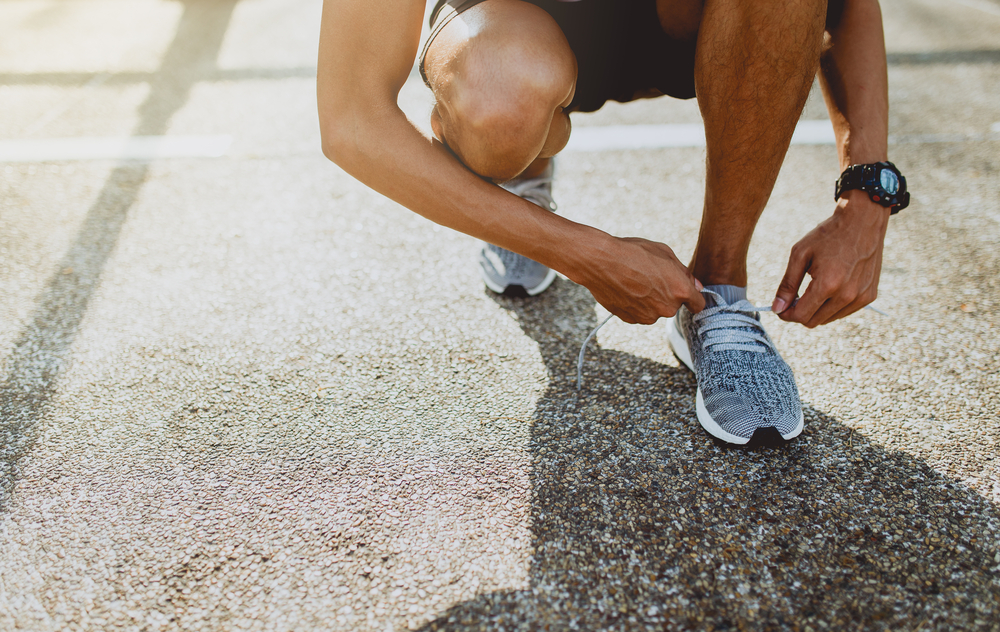You’re active aren’t you…I knew it, you wouldn’t be here if you weren’t. Is this your first major surgery? Are you chomping at the bit to get back to your normal life, get back to running after ACL tear? But you want to be safe don’t you…so how do you know when it’s safe to return to running after an ACL reconstruction?
Returning to running after ACL reconstruction depends on the individual.
Returning to running after an anterior cruciate ligament (ACL) reconstruction depends on several factors, including the individual’s recovery progress, the type of graft used, and the surgeon’s postoperative rehabilitation protocol. Some doctors even suggest it’s usually safe to return to running around 6 months after the surgery. But one of the lesser known and appreciated, but highly important factors is meeting certain criteria that PROVE you are ready.
I bet you’re wondering, “Dr. Sam, but what criteria proves that I’m ready?” When preparing to return to running after an ACL reconstruction, the body has several basic needs that should be addressed to ensure a safe and successful return.
These needs include:
- Adequate healing time: during this time, it’s important to follow a structured rehabilitation program that includes physical therapy exercises to strengthen the surrounding muscles, and appropriate rest and recovery time.
- Restoring normal range of motion: restoring normal range of motion is important to ensure proper joint mechanics during running and prevent compensations. We don’t want you running out in these streets lopsided!
- Building muscle strength and endurance: strengthening the muscles around the knee joint, including the quadriceps, hamstrings, and calves, is crucial to support the knee during running and reduce the risk of re-injury.
- Improving neuromuscular control: after ACL surgery, the body may lose its ability to control movement around the knee joint. It’s important to focus on exercises that help improve neuromuscular control, such as balance training, plyometrics, and agility drills.
- Gradual return to running: returning too quickly or with too much intensity can increase the risk of re-injury. It’s important to follow a structured running program designed specifically for you, that gradually increases running time, distance, and intensity while monitoring for signs of pain or discomfort.
In short, you need a physical therapist’s guidance. Truth be told, you need a physical therapist who knows exactly which clinical criteria are fundamental for returning to run safely after ACH reconstruction.
According to a scoping review of the British Journal of Medicine, strength and performance-based criteria factor into decision-making, and limb symmetry is what must be developed to return to run. I won’t bore you with all the scientific details, but I will say measuring the strength of your leg muscles is just one of the pivotal elements. If your physical therapist can’t or didn’t determine this, then you should come down and visit us to get a checkup.
“But what if I’ve started running already?” Ask yourself this:
- Can I get up from a chair five times using only my ACL reconstructed leg with good form?
- Can I walk up and down at least two flights of stairs without knee pain, hopping, or hobbling?
- Can I walk at least a mile without knee pain or swelling?
If you answered “no” to any one of these questions, I’d like you to stop running and go see a physical therapist who can help guide you. If you said “yes” to any one of these questions, I’d like you to consider visiting a physical therapist briefly to make sure you’re still headed in the right direction.
I don’t want to scare anybody in internet-land; I simply want you to be safe out there. It’s our job as physical therapists to consider your short-term knee health and look toward your long-term knee health. You’ve got many years to enjoy a physically active life, and we want to help you reach your full potential. Any physical therapist who’s worth their weight in gold feels the same way. I said what I said.
Sam Vargas PT, DPT

